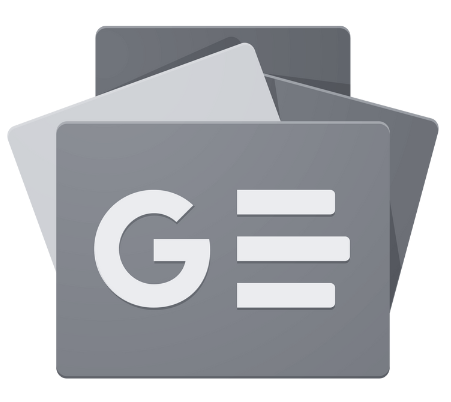Only a few years after the implementation of the Fastags, it seems like that the Union government is now bringing in a new toll collection system based on the GPS. By March next year, the Indian government will install new collection systems that will replace the toll plazas altogether.

Speaking at an event, Nitin Gadkari, Minister of Roadways and Transport in India said that the central government is looking for a system to replace the toll plazas all through India and the new GPS satellite-based toll-collection system will be there in place by March next year.
But it does not mean that the FASTag system will be removed completely. India has one of the biggest road networks in the world. Implementing a new toll collection system will take a few months at least. Since the technology is yet to be implemented and still at its sourcing stage, it will take sometime before it becomes operational.
The government has already conducted two pilot projects involving the automatic number plate recognition system (ANPR system) to facilitate automated toll collection without requiring the vehicle to a complete halt. This will decongest the toll plazas across the country.
The main idea behind the new system is to charge the motorists based on the precise distance covered by them on the highways and expressways. In fiscal year 2018-19, the vehicles crossing a toll had to wait on an average of 8 minutes. With the introduction of the FASTags in 2020-21, the waiting time dropped significantly to only 47 seconds.
How will the GPS-based toll collection system work?
The new toll collection system based on GPS will make the customers pay the toll according to the distance they travel on the highway. Under the new law, the tolls will be charged on a pro-rata basis. It means if you use the highways more, you will need to pay a higher amount of toll. Currently, tolls are charged at different prices at the toll booths.
This system is already implemented in some European countries with great success. Due to this success, the Indian government is also planning to implement this system in India.
The GPS-based system starts recording the journey as soon as the car enters the tolled road. It stops recording when the car exits the road. The toll is calculated based on the number of kilometres one travels on the expressway.
The Indian government has made FASTag mandatory for all the vehicles. The government believes that it is the future way of paying tolls while driving. According to officials, FASTag can also be used for making payment at fuel pumps and parking lots. Although some fuel pumps accept FASTag payments, the idea did not become popular.
NHAI officials said that cash is a legal mode of transaction and thus, they cannot deny motorists from using it. However, the best approach to the problem is to strictly enforce the Motor Vehicle Rule, which has now made FASTag mandatory in every new vehicle. Officials also stated that there is a significant increase in the number of transactions made by FASTag users in recent months.
Currently, over 97% of vehicles use FASTag to pay the tolls. Those who don’t have FASTag need to pay double the amount.






![73 year-old MG car from India finally reaches England covering 11,000 km [Video]](https://www.cartoq.com/wp-content/uploads/2023/11/mg-vintage-car-road-trip-featured-253x131.jpg)



![Multiple Roads And Underpasses In Delhi Waterlogged After Heavy Rains [Video]](https://www.cartoq.com/wp-content/uploads/2024/06/delhi-under-water-logging-floods-cars-stuck-253x131.jpg)